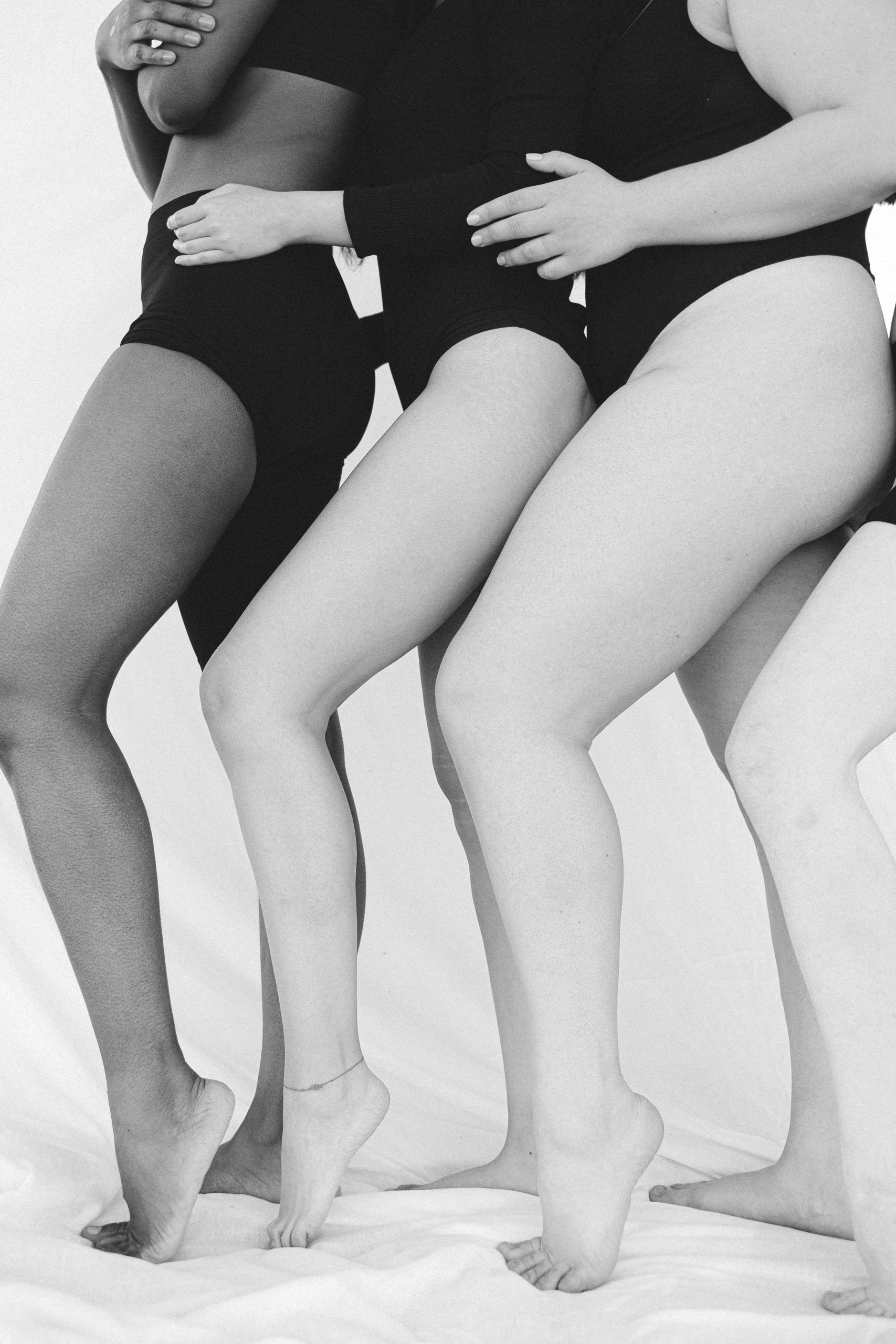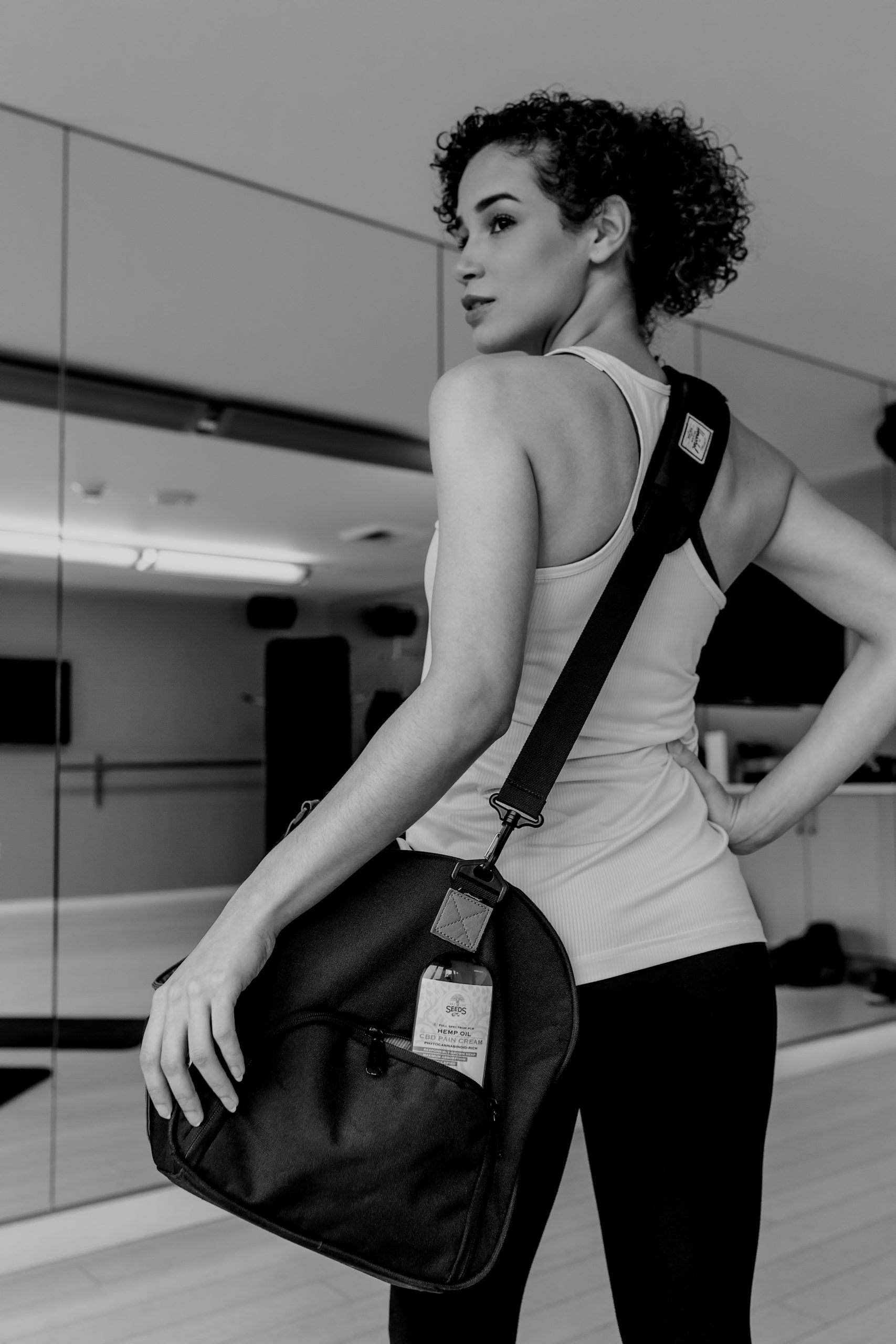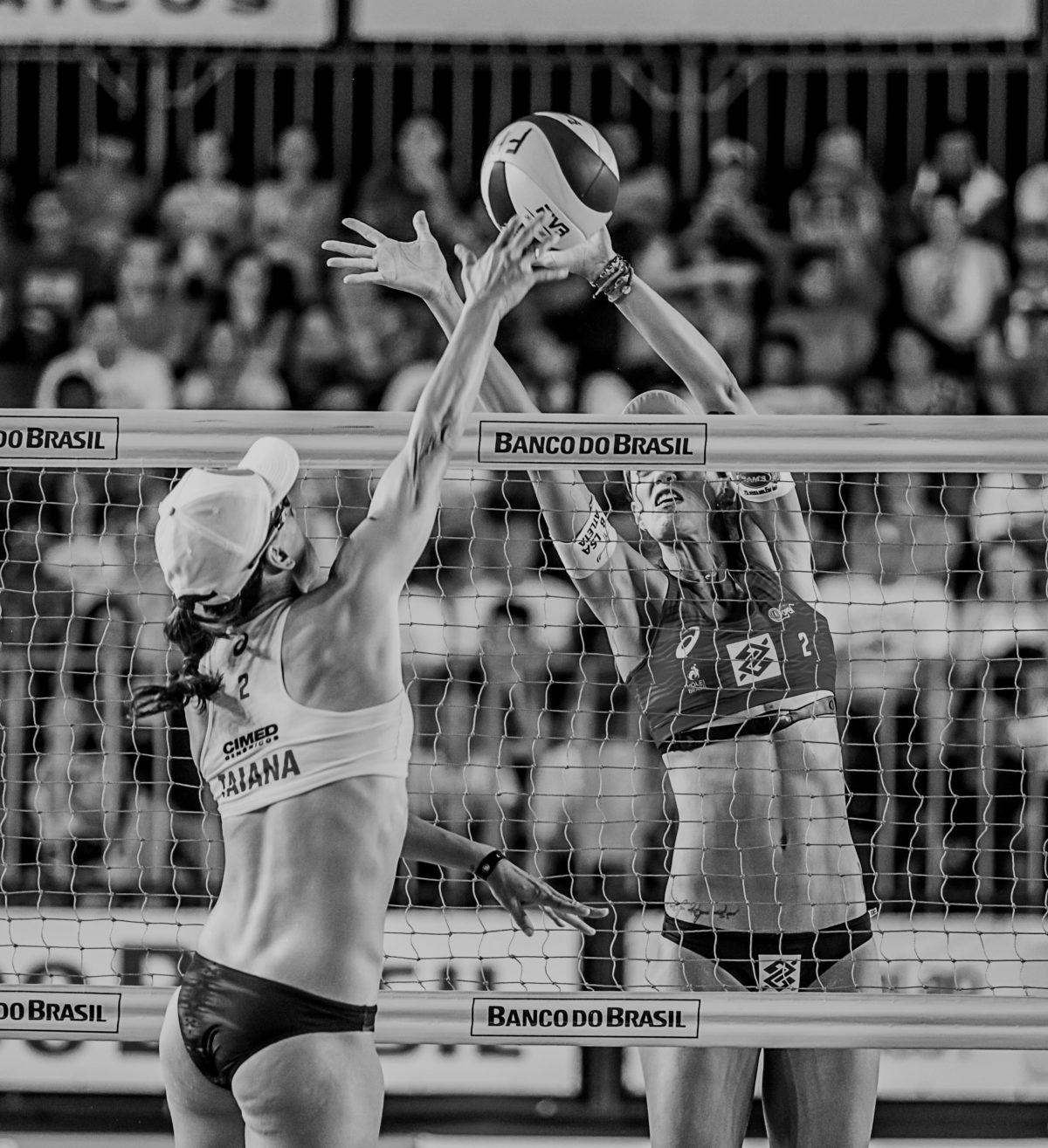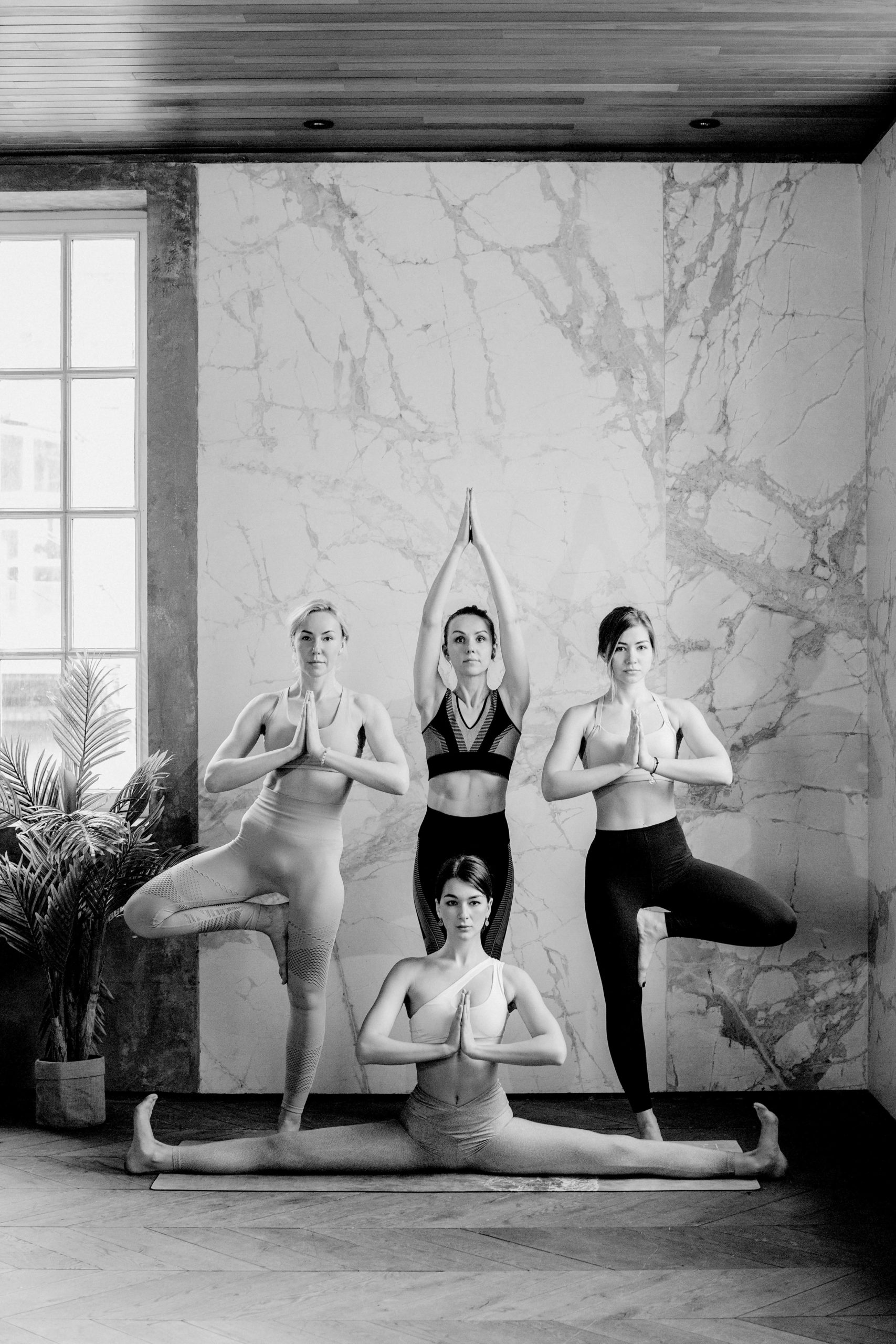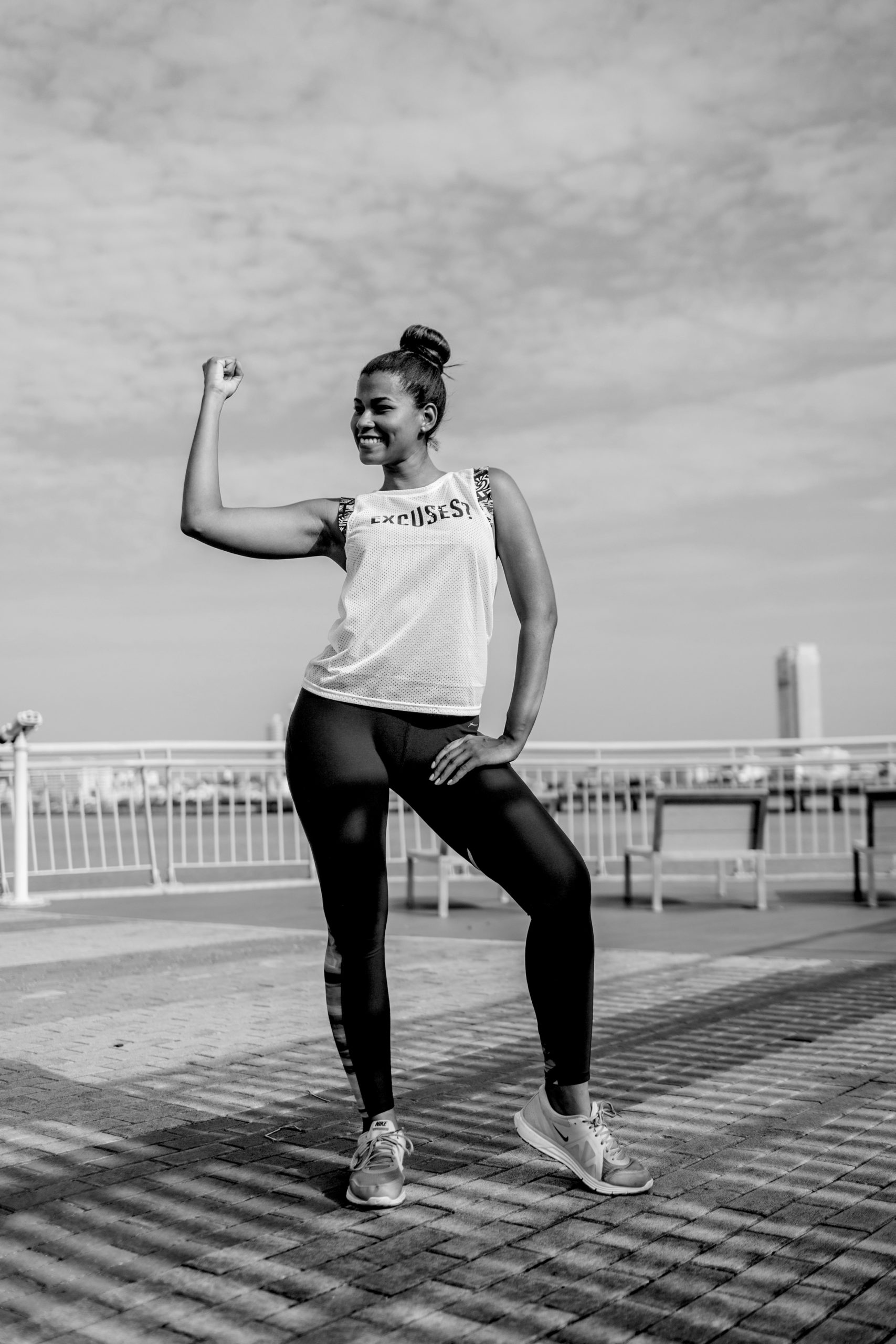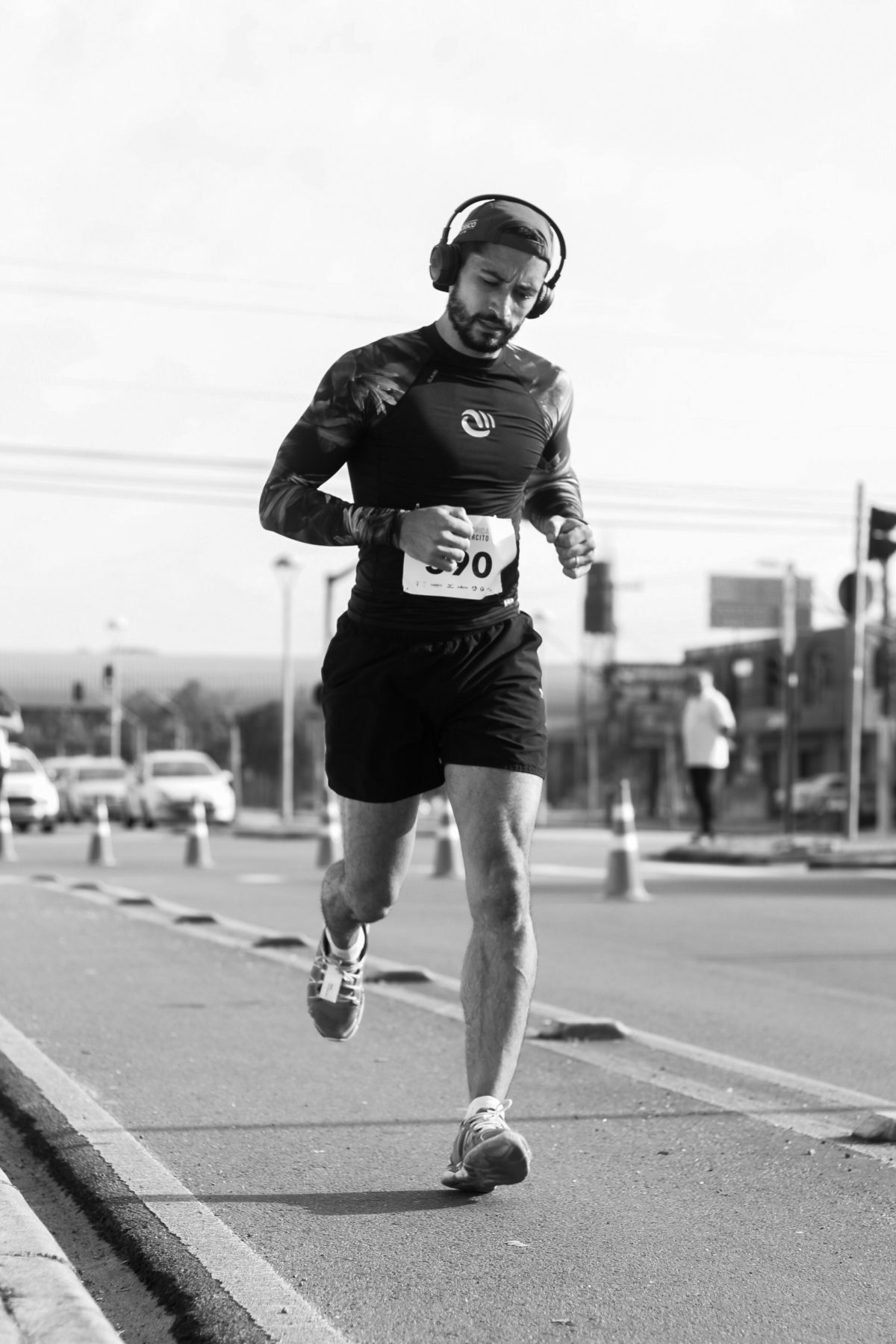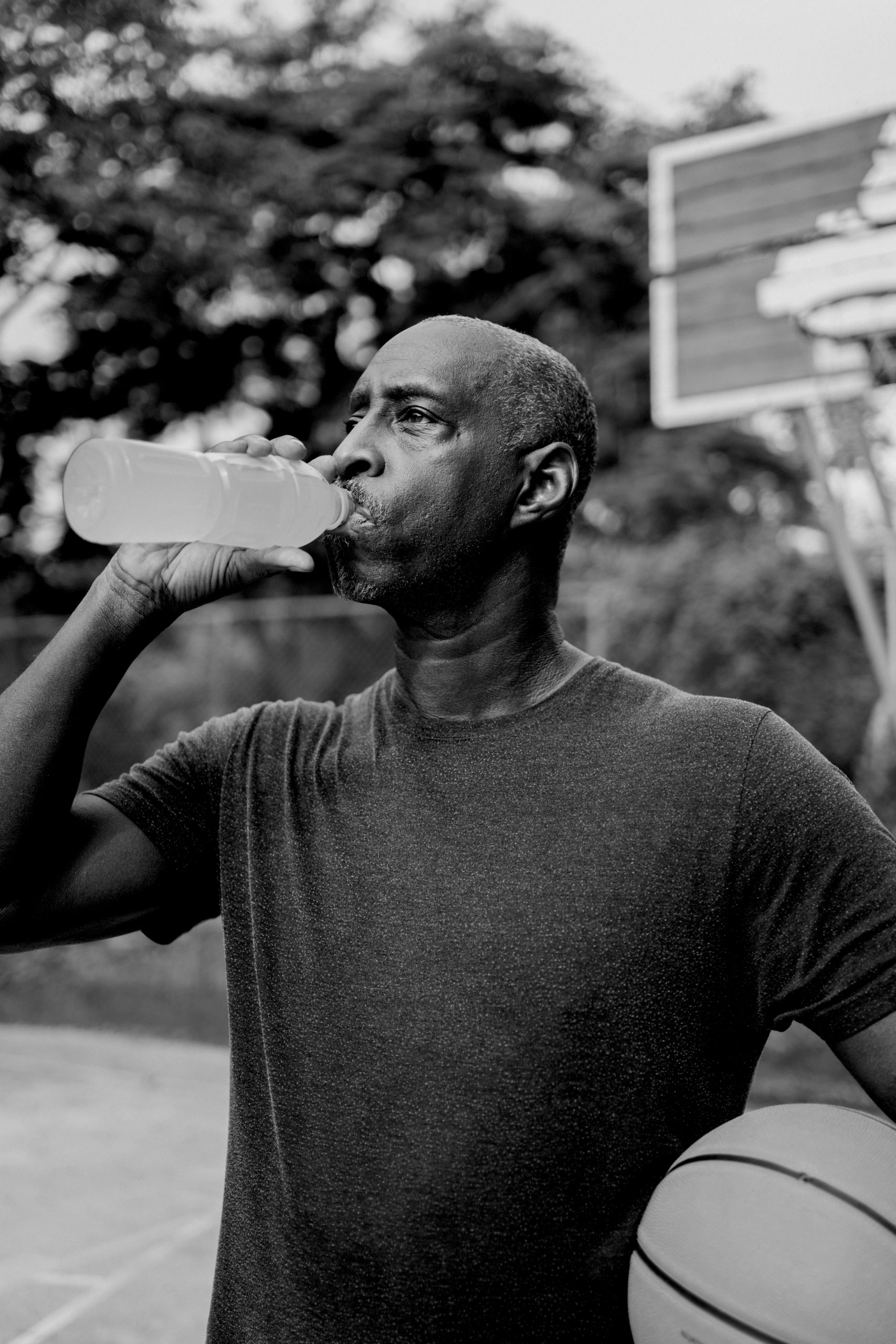So in part 1 (click here to read) we talked human fitness throughout evolution. We discussed the idea that maybe, in our modern, artificial, and domesticated lives, there is something missing.
Some of these missing pieces are things that, throughout evolution, we have given up in the name of progress. Some things haven’t been taught, due to them being seen as old, outdated, savage, or improper.
We also reviewed some ways to be more human and reconnect with that deep part of our brain. These things were:
- Change your routine
- Start back at step one
- Remember what playing is
- Immerse yourself in nature
- Reconnect with your tribe
- Leave the shoes at the door
- Learn about your food
- Observe without distractions
- Gain old skills
Revert back
The quickest way to go back to our roots as humans and allowing your daily life to be what keeps you fit, healthy and strong is to give up everything.
I’m talking about your house, job, transportation, plumbing, shoes, clothing, medicines, any processed foods. You are no longer allowed to go to the store…you get the idea. Now, as freeing and unchained as this may sound, not many people want to do this extreme of a change. This includes myself.
Like we discussed a few weeks ago, humans and other animals have an old, deep part of the brain that is responsible for basic tasks mainly built around survival. This is a very deeply rooted system. Its sole purpose is to make the best decision possible for you to continue living. It is truly a fascinating system.
What this means is basically your mind knows that by giving up all of our comforts, our chance for survival would dramatically decrease. This fires up the lizard inside of us and says “no way, don’t do that”.
But, we can implement a few minor things that will help us be healthier and hopefully be more fulfilled as a human, while still allowing our lizard self to not fear for our safety.
How to reconnect with human fitness throughout evolution
Change your routine
Switch up your routine in the gym, your morning routine, the way you get home or get to the store. Change forces you to think. It forces us to learn new ways to do things. Are you right hand dominant? Brush your teeth with your left hand for a few days.
We build habits and our ancient ancestors had habits too, like using a favorite hunting spot, or a stream that always had water. But on the way to the stream, they may have had to deal with a giant tree that fell across their usual path. Or maybe they had to take a different way because an animal was in the spot they usually went to. The point is, human fitness throughout evolution has been affected by humans having little control over their routine. They had to be able to adjust and adapt to their environment much more so than we do now.
Start back at step one
If you have been a member with us at Buffalo Nickel CrossFit you have undoubtedly done crawls/walks. Bear crawls, crab walks, farmers carries, etc. These are some of my favorite pieces of torture movement. They always look so simple and easy because they are so basic. I mean, a child can crawl!
But it never takes long for the muscles to start burning and these simple movements to become excruciating and difficult. Snatches, DU, muscle ups, lifting heavy weight, and handstands are all cool and fun. Today we want to do things that look cool on Instagram, but I promise you our that old world humans did not have to do snatches or muscle ups to live.
I can also promise you, with the same confidence, that they did have to crawl, walk and carry to survive. Human fitness throughout evolution has been shaped by these simple, basic movements. We shouldn’t forget just how beneficial and tough these movements can be.
Remember what playing is
One of the certifications I have attended was called Movnat. I absolutely loved it and learned a ton. Movnat does things very different than most other athletic programs. One of these things is instead of using the words ‘train’ or ‘practice’ they use the word ‘play’. This is to serve as a reminder that humans have only recently begun to ‘train’ athletic movements.
As a child you don’t realize that by falling to the ground and getting back up that you are doing a burpee. To you, you are just playing. You aren’t doing pull ups – you are climbing trees, or doing monkey bars. Playing invokes creativity, and fun. Sure, a CrossFit WOD can mimic this and is fun for a lot of people including myself, but play is different.
For example, a few weeks ago we went to float the Illinois River. The river bed and banks are rock/gravel. We pulled over on a gravel bar to relax and in no time there was a competition to see who could throw a rock to the other side, or who could hit the tree branch in the water with a rock. No one was “working out”, we were all just playing.
Being in nature is a key part of human fitness through evolution
I think most of us agree that after spending time outdoors in nature we feel happier, more optimistic and simply better. Nature has the magical ability to, for lack of a better term, heal us. Listening to the sounds, seeing wide open spaces or tall mountains, crossing a cool stream, feeling the shade of a tree, or counting stars…nature is magical.
There are tons of studies which show nature benefits humans. People who live in or near nature and outdoors are generally healthier, the risk for diabetes, cardiovascular disease, premature death, blood pressure, and stress levels are all reduced. They are also generally more active which only helps with the above conditions, as well as many other benefits.
You may not have a national park or ocean in your backyard but you don’t need to. Just being able to walk in the grass, see trees, hear birds, or smell flowers can be enough to feel mental and physical health benefits.
Reconnect with your tribe
Humans formed tribes for survival. Tribes meant protection, safety, sharing of resources, and a bigger gene pool. In the ancient times, you didn’t get to choose your tribe. Today we are lucky enough to not only choose who our tribe is but we have many tribes!
We have our home tribe, our work tribe, our gym tribe, we have lots of tribes. But how often do we truly connect with them? Do we just ask basic questions and move on or do we put down our phones, talk, listen, and engage each other?
A great way to connect with your tribe is over a meal. Humans have shared food with each other for eons. Share a meal and conversation with your loved ones. Learn about your tribe, get to know them. Put your phone down, turn off the TV and just talk. Enjoy your tribe and reconnect with them.
